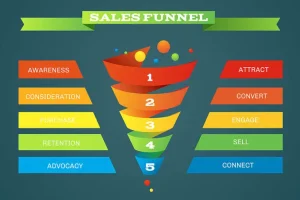
Generally speaking, a business plan has three sections, namely the executive summary, the products and services chapter, and the financial statements. The executive summary answers several key questions. For example, it should explain the business’ overall concept, describe the products and services that it offers, and provide an outline of the company’s management structure and competitive landscape. Finally, it should address the question of how much money is needed to achieve the goals of the business.
Business plans cover similar categories, but their style depends on their intended use. A traditional business plan can have ten to fifty pages of detail and may even include an appendix. A lean startup plan, on the other hand, can be as brief as a single page. While a lean startup plan does not have as much detail, it still contains financial projections. Lean startup business plans should include forward-looking financial statements (also known as pro-formas), as well as a market analysis and marketing strategy.
A business plan also forces the owners to consider all aspects of their business. Investors can assess the value of investing in their business and can see the potential of its products. A well-written business plan can be useful for existing companies as well as start-ups. Detailed plans help the owners clarify expectations and establish timelines. These documents are not day-to-day plans; they represent a long-term strategy for the company’s success.
The structure of the business plan is vitally important. A traditional business plan has a set structure, encouraging the writer to write in detail. Typically, traditional business plans are dozens of pages long. The lean startup version follows the same structure, but only outlines the important points and requires only a single page. Regardless of the format, it is important to know that you can tailor your plan to suit the audience you’re targeting.
Despite the complexity of the business plan, MIT Enterprise Forum reviewed one entrepreneur’s business plan. He sought to provide a service to small businesses and estimated that he could penetrate 1% of the United States’ 17 million small businesses. However, the actual number of small enterprises with employees was between three and six million. This clearly indicated that the real market was considerably smaller than the entrepreneur initially thought. The business plan, therefore, had to be rewritten accordingly.
Marketing and sales strategy should be discussed in detail. This section should include a SWOT analysis, as it will help investors determine the company’s competitive positioning in the market. Also, investors look for a good team. A marketing and sales chapter should detail the team and its current and future requirements. Another important section in the marketing & sales section is the legal structure of the business. Finally, it should outline the company’s location and history.
The financial aspects of a business plan are closely linked to the goals of the organization. A for-profit business plan focuses on financial goals and the creation of wealth, while a nonprofit’s goal is to create greater social good. The differences between a nonprofit’s mission and its profit goals can cause creative tensions in the development of the plan. If the latter is the case, a nonprofit business plan should focus more on fundraising strategies.







